
Code: 01417175
Granite Genesis: In-Situ Melting and Crustal Evolution
by Guo-Neng Chen, Rodney Grapes
Granitic rocks are a major component of the continental crust and the many and complex problems of their origin that have confronted geologists for over 200 years still are presenting challenges today. Current ideas of granit ... more
- Language:
 English
English - Binding: Hardback
- Number of pages: 278
Publisher: Springer-Verlag New York Inc., 2007
- More about this

186.25 €

Low in stock at our supplier
Shipping in 13 - 16 days
Potřebujete více kusů?Máte-li zájem o více kusů, prověřte, prosím, nejprve dostupnost titulu na naši zákaznické podpoře.
Add to wishlist
You might also like
-

Ascension. Star Wars, Das Verhängnis der Jedi-Ritter - Aufstieg, englische Ausgabe
8.67 € -23 % -
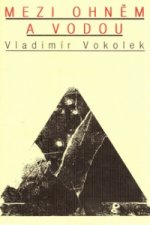
Mezi ohněm a vodou
8.67 € -6 % -

Color Me Couture
13.81 € -19 % -

Psalms 1-50, Volume 19
45.70 € -18 % -
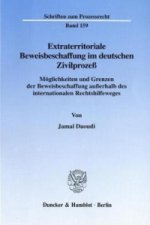
Extraterritoriale Beweisbeschaffung im deutschen Zivilprozeß.
73.64 € -
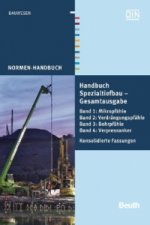
Handbuch Spezialtiefbau, 4 Bde.
143.06 € -4 % -

Problem der Hohen Vergutung von deutschen Managern
37.83 € -1 % -

Kunstrecht 1-3
73.75 € -
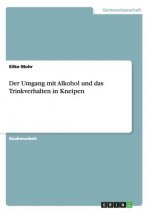
Umgang mit Alkohol und das Trinkverhalten in Kneipen
39.34 € -1 % -

Role of Solar Ultraviolet Radiation in Marine Ecosystems
89.89 € -
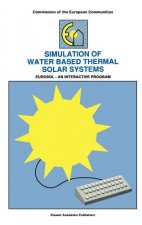
Simulation of Water Based Thermal Solar Systems
186.25 € -

Qualitative Mathematics for the Social Sciences
219.04 € -

Limits of Altruism in Democratic Athens
128.33 € -

Projekt Sportreportage
44.08 € -1 % -

Jack Pumpkinhead of Oz (The Wonderful Oz Books, #23)
14.01 € -13 % -

Handbook of Forensic Psychopathology and Treatment
248.10 € -
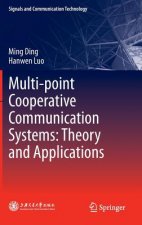
Multi-point Cooperative Communication Systems: Theory and Applications
186.25 € -
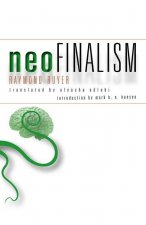
Neofinalism
92.01 € -10 % -

Transparent User Authentication
121.07 € -

Entscheidungsfindung bei präklinischen Reanimationen
103.81 € -

Heavenly Dawn
26.63 €
Give this book as a present today
- Order book and choose Gift Order.
- We will send you book gift voucher at once. You can give it out to anyone.
- Book will be send to donee, nothing more to care about.
More about Granite Genesis: In-Situ Melting and Crustal Evolution
You get 467 loyalty points
 Book synopsis
Book synopsis
Granitic rocks are a major component of the continental crust and the many and complex problems of their origin that have confronted geologists for over 200 years still are presenting challenges today. Current ideas of granite formation involve lower crustal melting, segregation, ascent (as dykes or diapirs) and emplacement in the upper crust. §In this book we suggest an alternative model for the origin of granite in terms of in-situ melting-intracrustal convection that physically determines the process from partial melting of mid-upper crustal rocks to formation of a convecting magma layer. We illustrate the model using geological, geochemical and geophysical studies from Australia, North and South America, Europe and China, and conclude that heat convection within a crustal partial melt layer is essential for the formation of granite magma and that without convection, partial melting of rocks produces migmatites rather than granites. Granite is layer-like within the crust, and shape and size of granite bodies reflect the geometric relationship between an irregular upper surface of the crystallised magma layer and depth of erosion. Repeated melting of the crust generates downward-younging granite sequences. Chemical and isotopic compositions of granites indicate differentiation within the magma rather than different deep sources. Of a number of proposed heat sources that can cause mid-upper crustal anatexis, large-scale crustal melting and formation of a granite magma layer is considered to be primarily related to plate convergence. A dynamic model with examples from the western Pacific continental margin in SE China and Tethys-Tibet is proposed to explain the relationship between plate convergence, granite and compressive deformation of the continental crust. Mineralisation related to granite formation, fault-block basins, formation of continental red beds and volcanism with examples from SE China, are also discussed in terms of the new model. In a final section, we introduce a new rock cycling model of the continental crust and the concept of Geochemical Fields of Elements, illustrating the unity between the microcosm and macrocosm of the natural world. §§Audience: This book will be of interest to scientists, researchers and students in geology, geophysics, geochemistry and economic geology
 Book details
Book details
Book category Books in English Earth sciences, geography, environment, planning Earth sciences Geology & the lithosphere
186.25 €
- Full title: Granite Genesis: In-Situ Melting and Crustal Evolution
- Author: Guo-Neng Chen, Rodney Grapes
- Language:
 English
English - Binding: Hardback
- Number of pages: 278
- EAN: 9781402058905
- ISBN: 140205890X
- ID: 01417175
- Publisher: Springer-Verlag New York Inc.
- Weight: 606 g
- Dimensions: 240 × 160 × 20 mm
- Date of publishing: 26. June 2007
Trending among others
-
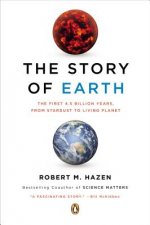
Story of Earth
18.96 € -
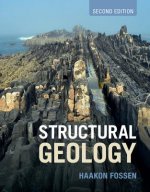
Structural Geology
68.50 € -1 % -
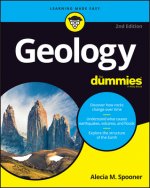
Geology For Dummies
17.55 € -34 % -
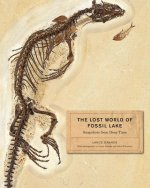
Lost World of Fossil Lake
40.05 € -18 % -
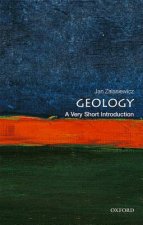
Geology: A Very Short Introduction
9.27 € -28 % -
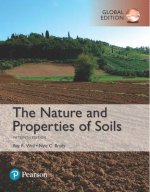
Nature and Properties of Soils, The, Global Edition
96.65 € -
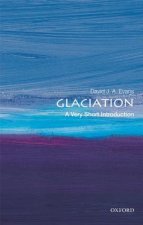
Glaciation: A Very Short Introduction
9.27 € -28 % -

Sea without Fish
39.14 € -22 % -
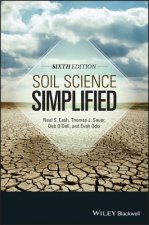
Soil Science Simplified 6e
102.80 € -

Past Time: Geology in European and American Art
37.83 € -16 % -
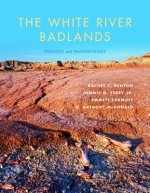
White River Badlands
36.82 € -18 % -

S & S Guide to Rocks and Minerals
20.57 € -20 % -

Annals of the Former World
23.60 € -21 % -
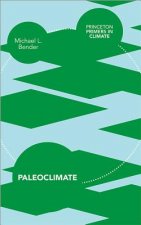
Paleoclimate
42.06 € -
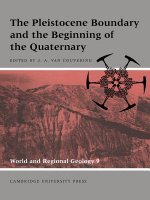
Pleistocene Boundary and the Beginning of the Quaternary
88.17 € -
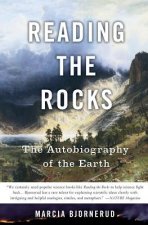
Reading the Rocks
15.23 € -24 % -
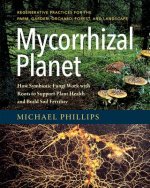
Mycorrhizal Planet
29.35 € -27 % -

H2O
11.29 € -28 % -
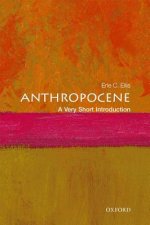
Anthropocene: A Very Short Introduction
9.27 € -28 % -

Ice Age
60.53 € -7 % -
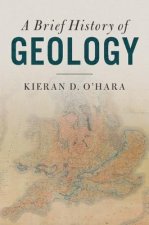
Brief History of Geology
38.43 € -
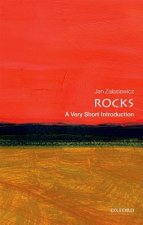
Rocks: A Very Short Introduction
9.27 € -28 % -
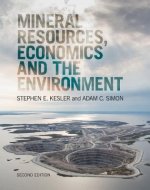
Mineral Resources, Economics and the Environment
77.58 € -
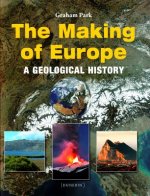
Making of Europe
74.15 € -

Historical Geology
86.96 € -16 % -
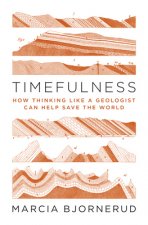
Timefulness
40.65 € -17 % -

Global Geomorphology
82.32 € -4 % -
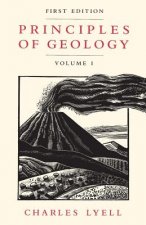
Principles of Geology, Volume 1
31.97 € -31 % -

Gravitational Systems of Groundwater Flow
47.11 € -6 % -
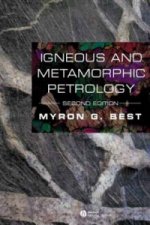
Igneous and Metamorphic Petrology 2e
130.85 € -
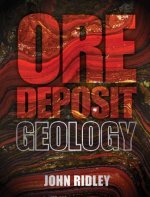
Ore Deposit Geology
76.27 € -1 % -
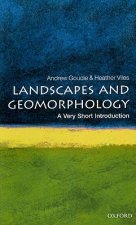
Landscapes and Geomorphology: A Very Short Introduction
9.27 € -28 % -
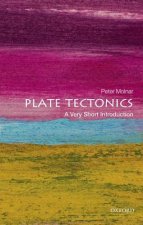
Plate Tectonics: A Very Short Introduction
10.28 € -20 % -

Soil and Environmental Chemistry
116.02 € -
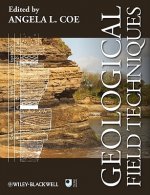
Geological Field Techniques
45.09 € -7 % -
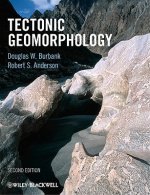
Tectonic Geomorphology 2e
108.25 € -

Fossils: A Very Short Introduction
9.27 € -28 % -

Earth on Show
61.64 € -
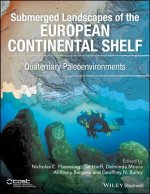
Quaternary Paleoenvironments - Submerged Landscapes of the European Continental Shelf.
120.97 € -

Last Giant of Beringia
25.82 € -

Earth: An Introduction to Physical Geology, Global Edition
87.97 € -
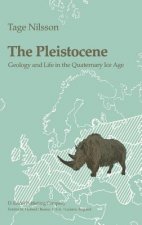
Pleistocene
240.53 € -

Principles of Geology, Volume 3
69.10 € -
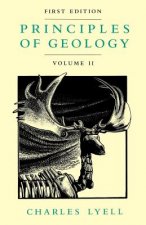
Principles of Geology, Volume 2
69.10 € -
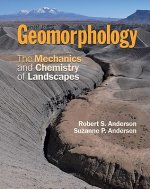
Geomorphology
96.55 € -
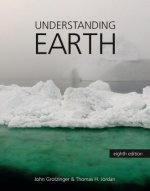
Understanding Earth
93.42 € -
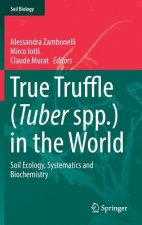
True Truffle (Tuber spp.) in the World
273.12 € -
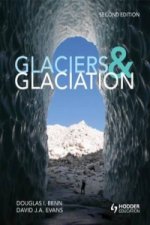
Glaciers and Glaciation, 2nd edition
105.33 € -
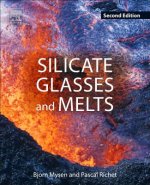
Silicate Glasses and Melts
266.46 €
Collection points Bratislava a 2642 dalších
Copyright ©2008-24 najlacnejsie-knihy.sk All rights reservedPrivacyCookies


 15549 collection points
15549 collection points Delivery 2.99 €
Delivery 2.99 € 02/210 210 99 (8-15.30h)
02/210 210 99 (8-15.30h)